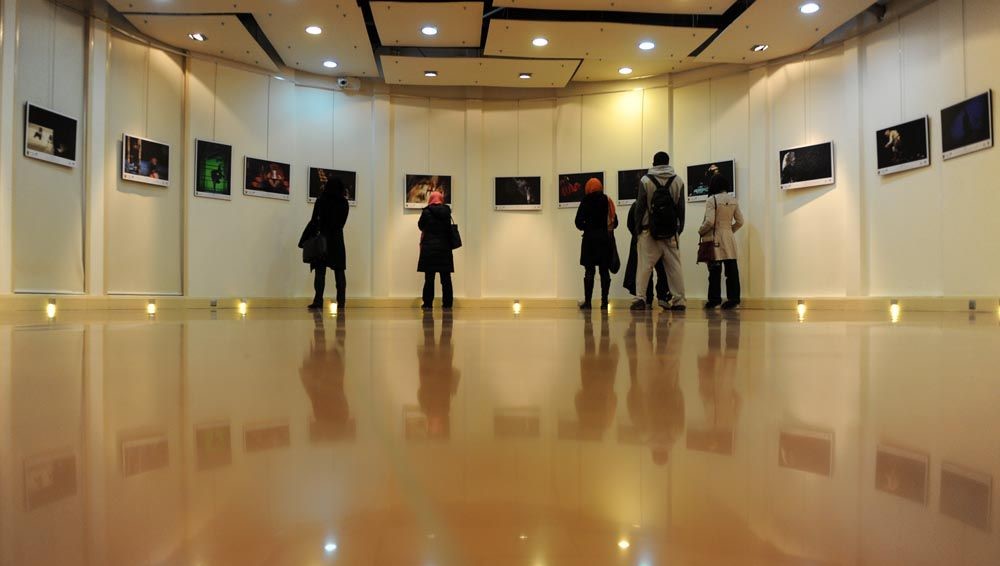Seventy years ago art galleries were non-existent in Iran. Thus for promoting their work, artists needed to seek the aid of foreign institutions. The first art gallery was established in Iran nearly 65 years ago. Since then 160 galleries have been officially registered in Tehran, many of which have not been as lucrative as others or “deeply influenced the economics of arts.” Several pioneer gallery owners believe that only 30 of the galleries have been able to accomplish their mission of promoting arts and culture.
A short while after the modern art movement began in Iran, the need for venues to showcase art works also came up. Consequently Iran’s first art gallery ‘Apadana’ established 65 years ago was located on the corner of Enqelab Street and Bahar. The gallery was short-lived, however, and closed after only a year. It wasn’t until ten years later that ‘Static’ art gallery in Ferdowsi Square was initiated by Iranian modern art groundbreaker Marcos Grigorian; only to be closed again shortly after.
According to Persian daily, Forsat Emruz, other short lived art galleries in Tehran included Kabood and Gilgamesh established by artists Parviz Tanavoli and Hannibal Alkhas respectively. Of the first generation of art galleries in Tehran only Seyhoun Art Galley remains active to this day, making it the oldest and longest survivor of all.
Market Boom
After the art market boomed, especially as a great number of Iranian works of art were sold at Christie’s and Sotheby’s auctions, more and more art enthusiasts showed greater interest in opening art galleries. Thus the art galleries began to leave an indisputable mark “on the art economy.”
Little by little, the number of gallery-goers, art collectors, and gallery managers increased. However, despite the fact that a number of galleries gained ground, the business outlook of gallery owners is still rather shaky. Several gallery owners believe that if this aspect is neglected, history may repeat itself and certain galleries might be forced to close down once again. If galleries are meant to promote arts and boost the economy of arts, “they must not even be ankle-deep in financial trouble.”
Competition
Disagreements have risen surrounding the issue of the number of galleries. Those against the idea of further increasing the galleries believe that opening more galleries “without giving proper attention to the necessary prerequisites of this business” will eventually take its toll on Iran’s art scene and its related segments. On the contrary, the idea has its own adherents who believe with more galleries a suitable environment for competition will be created and “those who are better at the game will surely receive a larger share of the market.” Other advantages may include: growth of the art economy, idea development, and a more widespread and diverse showcasing of art works by various artists.”
Most gallery owners say that mere interest is insufficient for starting an art gallery and effective management is the golden key to successful gallery running. With correct managerial skills, gallery owners can haul in a larger audience. Past experience and a multifaceted understanding of the business are essential for a gallery owner to be able to establish the productive grounds for communication between buyers and artists. This could nurture a rewarding business.


